No matter how old we get, thereâs something about that nostalgic twinkle sparked by talk of childhood toys.
Every generation had the must have plaything which topped the Christmas and birthday wishlists. It could have been as straightforward as a hula hoop or as lavish as Castle Grayskull. To reminisce about those heart-pounding moments when we unwrapped long-awaited gifts, here's a short history of the late 20th-century toy box.
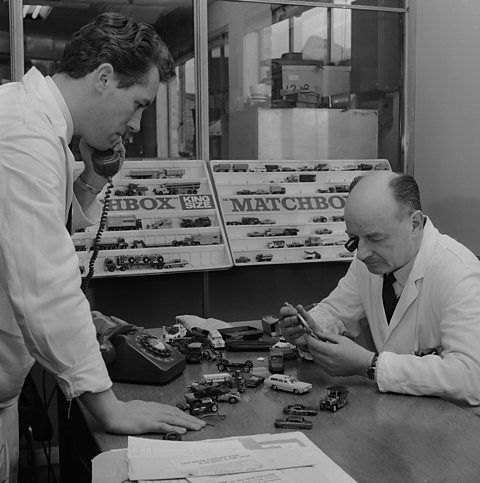
1950s: The die is die-cast
As the 1940s ended, Britain was still feeling the impact of the Second World War. Rationing was still in place and wouldnât end completely until 1954. There wasn't much money to throw around, and and any toys children had were likely to have been passed down from their parents.
Die-cast metal cars changed all that, with Matchbox starting production in 1953 and Corgi in 1956. Dinky had been making toy cars at the Meccano factory in Liverpool since the 1930s, but now it had competition, especially as Corgiâs USP was manufacturing models with transparent plastic windows which allowed detailed car interiors to be seen for the first time.

Healthy competition between the toy companies led to more intricate and sophisticated designs, which was great news for the young collectors. At the dawn of the decade, vehicles and aircraft which helped in the war effort were most popular. By its close, more domestic models of bin lorries and flat bed trucks were just as important.
1960s: Barbie vs Sindy
American businesswoman Ruth Handler invented the worldâs most famous fashion doll in 1959 after seeing her daughter, Barbara, play with flimsier paper figures to act out imaginary scenarios.
It took a couple of years to catch on but, by the early 60s, the three-dimensional plastic fashion figure with enough posh frocks and jewellery to make Elizabeth Taylor weep was one of the biggest success stories in the toy industry.
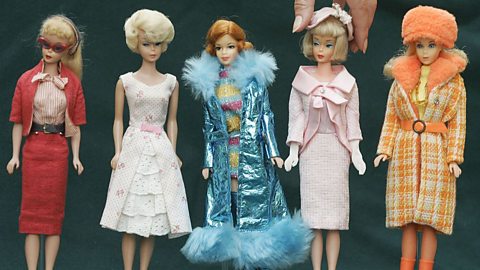
Success on that scale will always inspire others and on the other side of the Atlantic, in 1963, Britainâs answer to the Barbie phenomenon was born. Ironically, Sindy appeared on toy shop shelves because her stateside equivalent took her time in capturing the imagination of British buyers, who preferred a more suburban character. It was only in the 1980s that sales of Barbie started making any real impact on the British toy market.
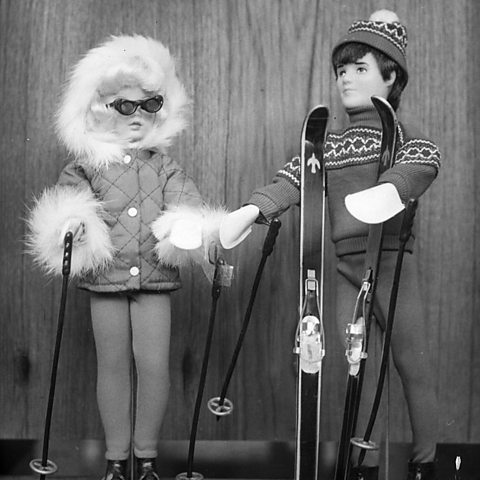
But Barbie moved with the times. Modelling was her main career at launch, but conscious efforts have since been made to show the doll succeeding in industries preceived as male-dominated.
Sindy did venture into the world of nursing and pop music, but her modus operandi was squarely centred on the racks of the trendiest fun-sized boutiques, as opposed to her career.

1970s: Itâs a battlefield
He had flock hair which was oh-so satisfyingly tactile to the touch. He had a mysterious scar, and eyes that followed you round the room. He was brave. He was British. He was Action Man.
And basically, he wasnât GI Joe, the other military action figure, albeit American, which inspired a legion of scaled down military uniforms, vehicles and different-shaped field HQ.
Although he was created in the 1960s as a direct answer to the all-American Joe, Action Man found his turf in the 1970s thanks to some design tweaks that shot him to the top of Christmas stockings.

The first innovation was the aforementioned flocked hair, added in 1970 and later extending to give old Action a beard and even sideburns. By this stage, the man of vinyl had an entire artillery of tiny rifles, revolvers and explosives but ironically, an arsenal he couldnât actually handle. That all changed in 1973 when advancements in plastic technology allowed âgripping handsâ to be introduced, meaning our Man could finally hang on to his maps without the aid of sticky tape. Anyone saving their pocket money for this dexterous sensation could expect to pay around ÂŁ2.75 per doll (thatâs about ÂŁ33 in 2019).
The introduction of eagle eyes which could scan left and right in 1976, helped along by a switch in the back of Action Manâs neck, saw the toy earn a gold award from the National Association of Toy Retailers for his continued success on the shelves. It was only the unexpected rise of the Star Wars range of toys, tied in to the movie series of the late 1970s, which eventually saw Action Man retreat to the bargain bin.
1980s: All sorts in disguise
If you were a million-selling toy in the 1980s, chances are you started off as one thing before changing into another.
That was certainly true of those robots on disguise, Transformers. Introduced in 1984, the ongoing war between the Autobots and Decepticons (still raging in Michael Bayâs cinema series) saw cars, guns and even tape decks morph into gun-toting 'bots with a few deft twists from their human handler. The same canât be said for the Masters of the Universe, where He-Man sought to save the planet of Eternia from the downright petulant plans of grumpy arch-enemy Skeletor. They too sold in their millions but couldnât be described as transforming toys.
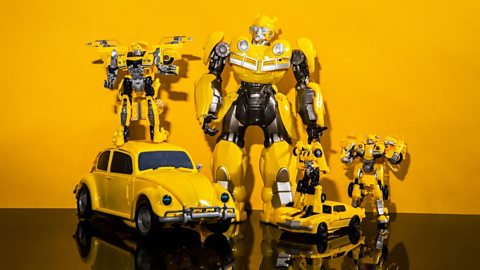
Civilian vehicles not being as they seemed was a theme continued with MASK (Mobile Armoured Strike Kommand) with numerous flashy cars, bikes and planes becoming space-age military machines bristling with pretend hardware at the push of a button.
It wasnât all about rockets and missiles as the Cold War neared its end. The â80s were cuddly too. The colour-coded Care Bears with logos on their bellies representing different emotions were like a cross between the Teletubbies and the Mr Men but the leaders of this particular pack were the Cabbage Patch Kids. Each doll was advertised as unique, made possible as there were nine different head shapes which, when combined with a variant in hair and eye colour and also outfit, did indeed give each doll an air of individuality.
In a decade were greed was deemed good in some quarters, the toy industry must have asked for third helpings. The Cabbage Patch Kids brand brought in $2bn in 1984 alone.
1990s: I want to be your best friendâŠ
The nineties. Thatâs when it all got a bit interactive. It took a while though as the early â90s saw teeny dollhouse phenomenon Polly Pocket entrance a generation of children, beginning life when dad Chris Wiggs designed a playable diorama inside a make-up compact for his daughter.
As the new millennium became tangible, technology took over childrenâs toys in ways never seen before. Tamagotchi, the digital pet it was your responsibility to feed and clean up after, arrived in Japan in 1996 and the rest of the world in May 1997.
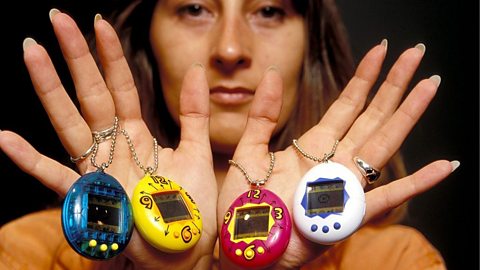
Children loved their Tamagotchi but grown-ups did too, the latter perhaps becoming more attached to the tiny 8-bit creatures than the former. There was no soft-soaping the owners as the electric pet would inevitably die at some point, leading to a sense of loss for some. Things got so bleak, one area of a Cornish pet cemetery was cordoned off for recently passed Tamagotchi in early 1998.
But 1998 belonged to the Furby. The first of what would become an irresistible line of cute robots, the plush creatures with peculiar beaks could interact with each other via the infre-red sensors between the eyes and they were programmed to gradually stop speaking âFurbishâ, a Furbyâs native language and instead use the vocabulary of its ownerâs native country. This did lead to a form of paranoia around the creatures. Certain intelligence agencies in the USA would not allow them on the premises in case the Furby was being used to report back to a malevolent power.
It was also in the 1990s that the Toy Story franchise enchanted a generation with a whole new vision of what was cinematically possible. With its traditional playroom occupants merging with the zenith of digital technology, it was the perfect metaphor for the decade it inhabited and the shiny new century which lay ahead.
All the decades (including those to come)âŠ

Lego. There'll always be Lego.
This article was published in June 2019
Sustainability and plastics
KS2 Geography

Ten cats that made history
You spend all day scrolling through videos of them on the internet, now learn about the ones that made history.

The games (and gamers) that made history
If you want to know who's making ÂŁ3 million playing video games, look no further.
